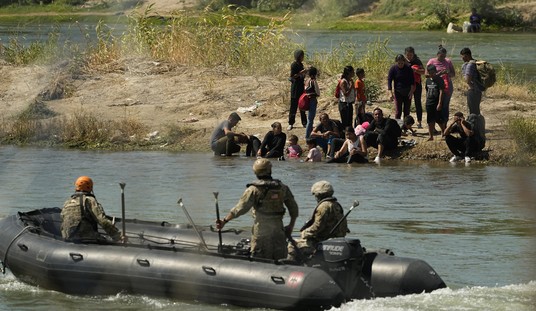It's funny how whenever we humans go through a spell when we conjure up a little hubris about how powerful we are - like, the notion that we can make the world catch fire and consume itself in climate change-y flames - the planet has a way of reminding us who's really in charge. Things like earthquakes, volcanoes, floods, things like that, serve as great reminders of how puny we are, compared to the planet.
Case in point: In March of this year, a hefty earthquake, measuring at a magnitude of 7.7, slammed into the Asian country of Myanmar.
A colossal 7.7 magnitude earthquake rocked central Myanmar in March 2025, marking the strongest quake in over a century. What makes this event groundbreaking isn't just the seismic power it s the unprecedented footage captured by a CCTV camera near the fault line. Researchers at Kyoto University used this rare video to measure the fault s movement in stunning detail, confirming a rapid, pulse-like rupture and a subtle curve in the slip path. This real-time visual data opens a new frontier in earthquake science, potentially transforming how we understand and predict seismic behavior.
The fault here was of the same type as California's infamous San Andreas fault, a "strike-slip" fault.
The cause was a strike-slip fault, in which two masses of earth "slip" past each other horizontally along a vertical fault plane. To an observer, it would look like the ground were split in two along a defined line, with both sides being wrenched past each other in opposite directions.
Usually we just see the aftermath of these things, accompanied by the damage they've done. But this time, it happened on camera, which yielded some valuable data - and a really amazing visual.
This time, however, a CCTV camera caught this slip in action, presenting a unique opportunity for a team researchers at Kyoto University to study the fault motion in real time. (See video link at bottom of article.)
Here's the video:
Now, when you've watched that, consider those enormous chunks of land just moving past each other like that - imagine the forces involved. How many foot-pounds (Oh, I know, but joules and so on are great for countries who haven't put a man on the Moon) of force would that take - and how much in the tension that was released? The plates, according to the article, slipped past each other about 2.5 meters - for us Americans, that's a little over eight feet. Who's going to go around and reconnect up all the power lines, pipelines, roads, and so on? That, in and of itself, is going to be a lot of work.How much energy does it take for one entire side of a fault system to just snap out of place like that, to move along the other side of the fault, taking literally everything on the surface with it? It's small wonder these events can flatten entire cities, not to mention causing tsunamis that swamp entire coastlines.
Our best efforts are pretty small by comparison.
Read More: Alaska's Tsunami Warning Fizzled, and So Do the Left's NPR Claims
Essex Files: As Southeast Asia Recovers From Massive Earthquake, Trump Says He'll Help
Now, that's not to say that we shouldn't be responsible about environmental issues; responsible, of course, doesn't mean wackadoodle. It doesn't mean giving up our modern technological lifestyle. But, we can have both. And now and then, a little humility, brought on by the various unbelievably huge processes in this spinning blue-white-green ball we're all living on, well, that probably does us all some good.
This seems appropriate.
Editor’s Note: Every single day, here at RedState, we will stand up and FIGHT, FIGHT, FIGHT against the radical left and deliver the conservative reporting our readers deserve.
Help us continue to tell the truth about the Trump administration and its successes. Join RedState VIP and use promo code FIGHT to get 60% off your membership.















Join the conversation as a VIP Member